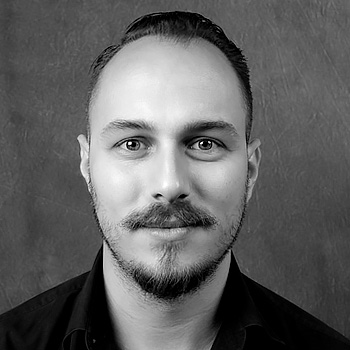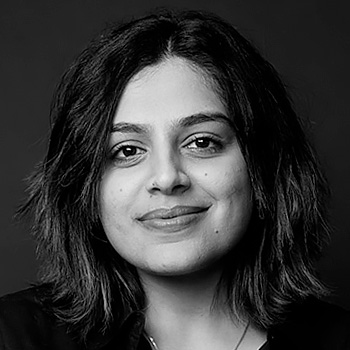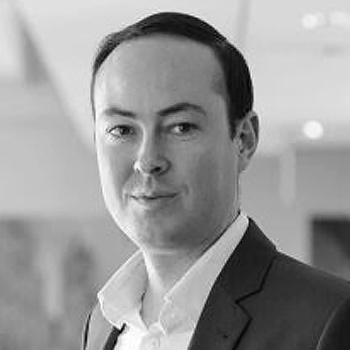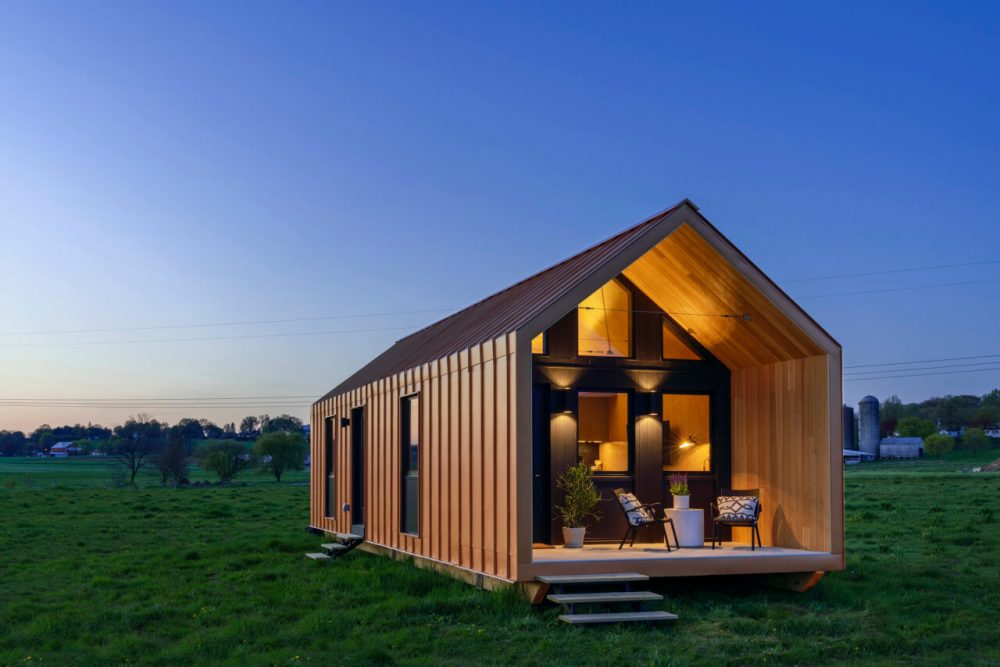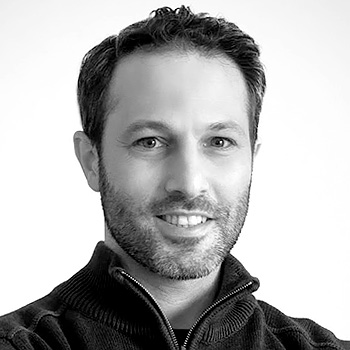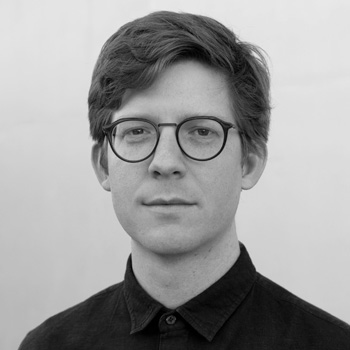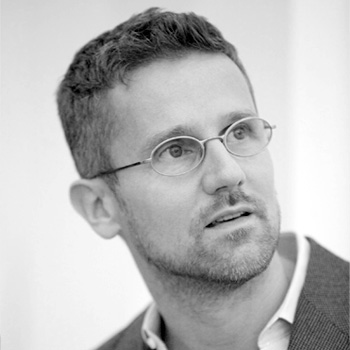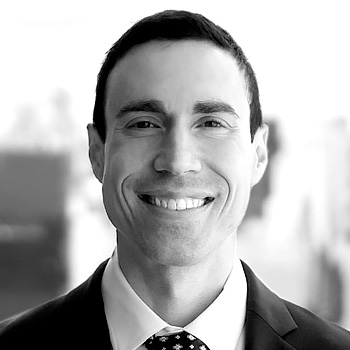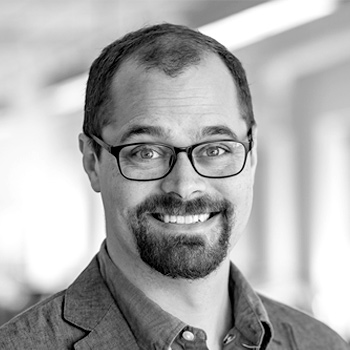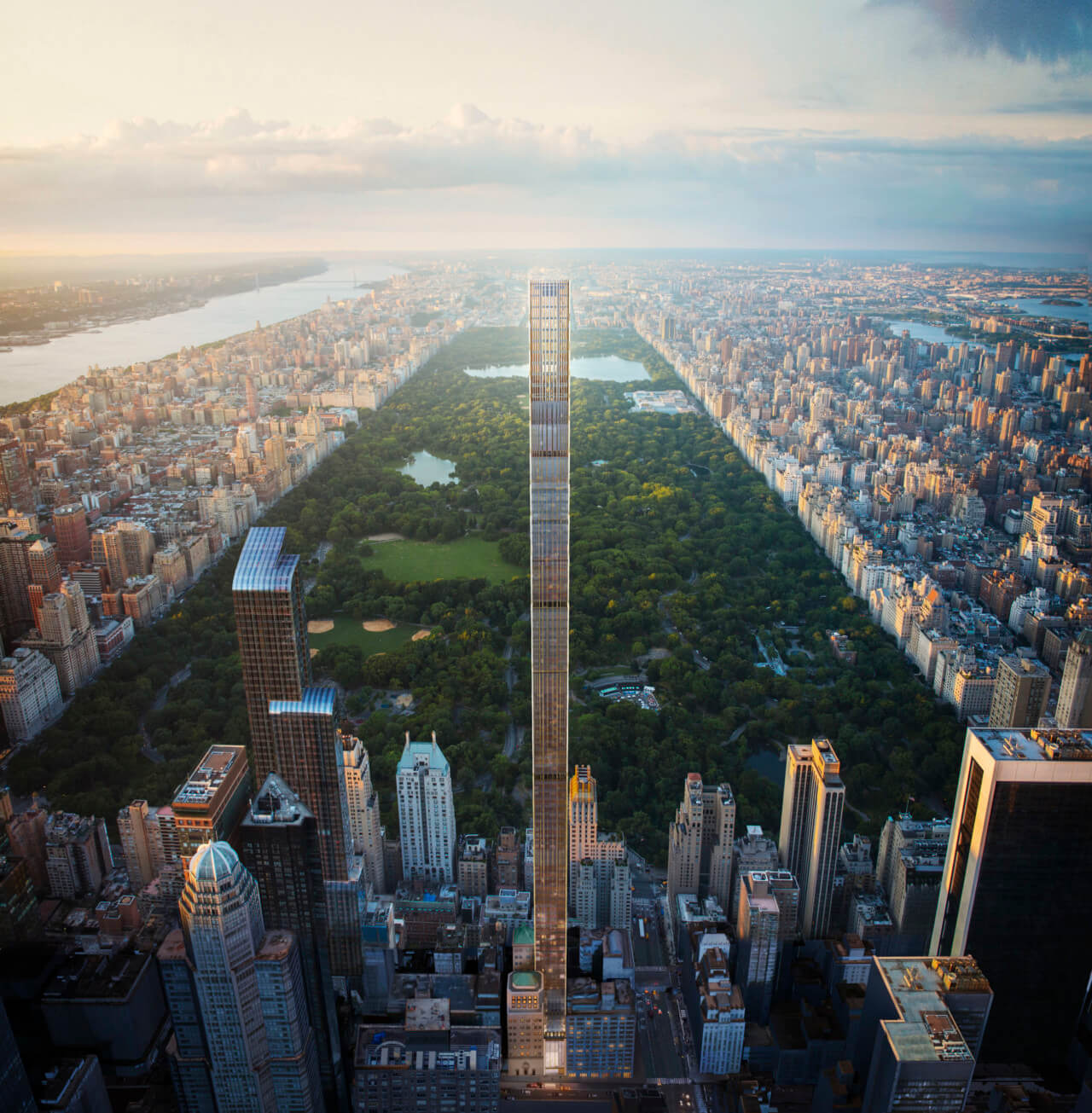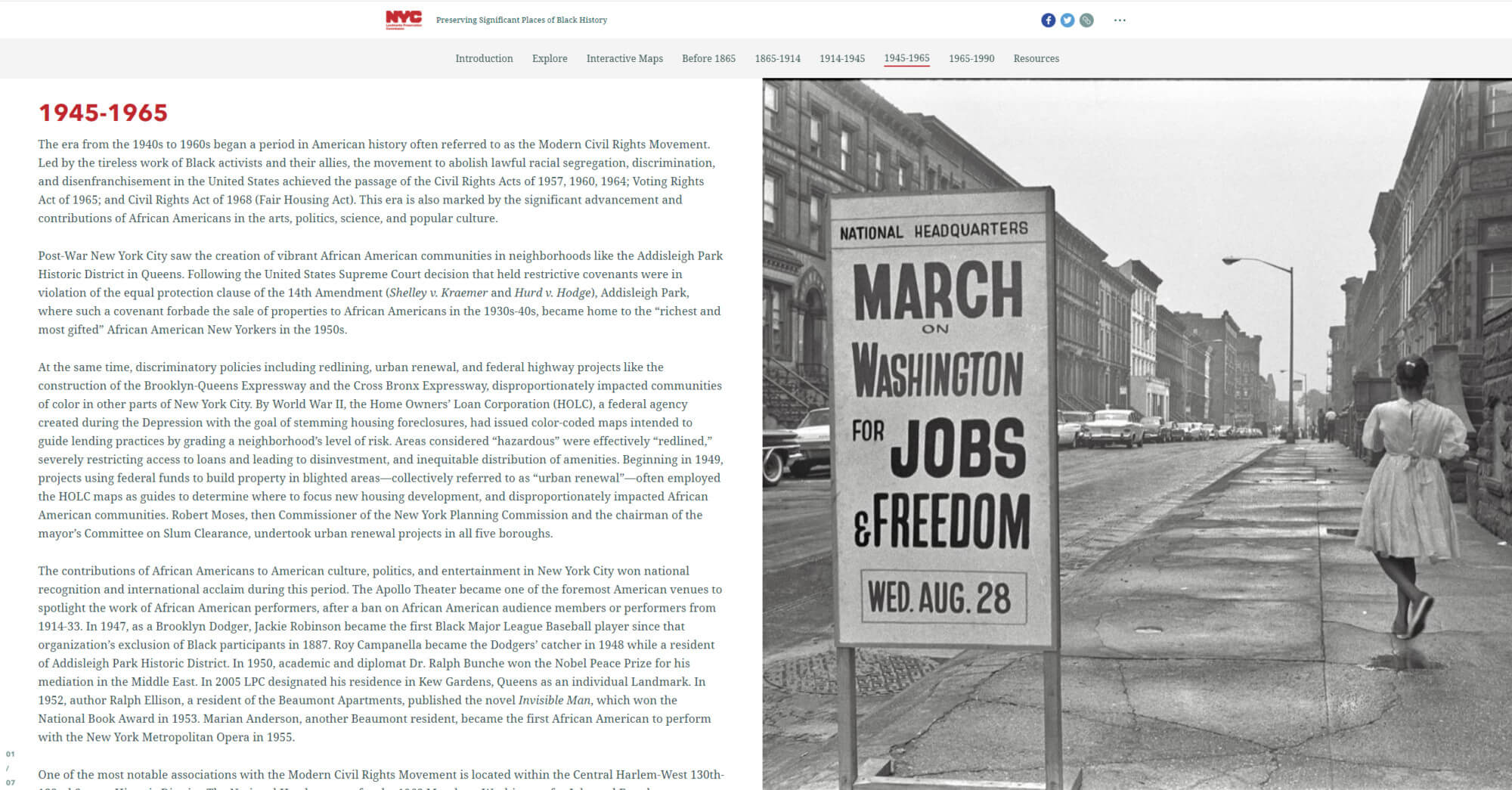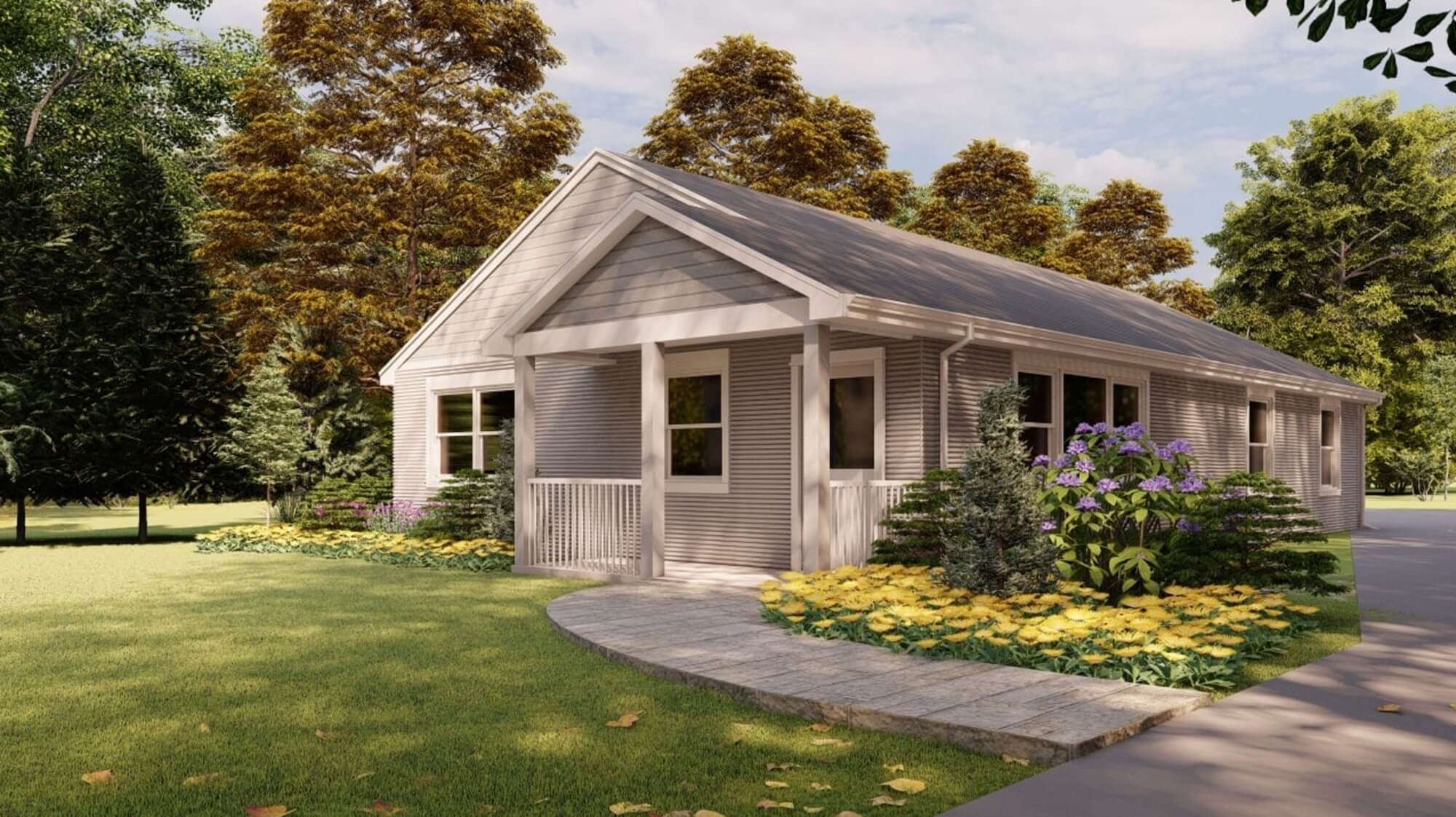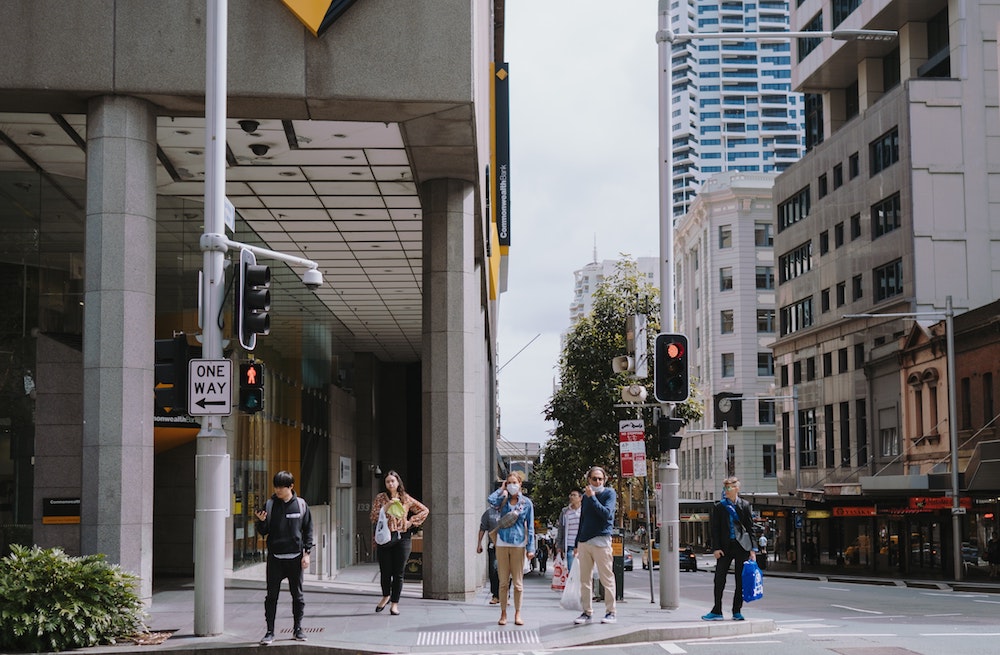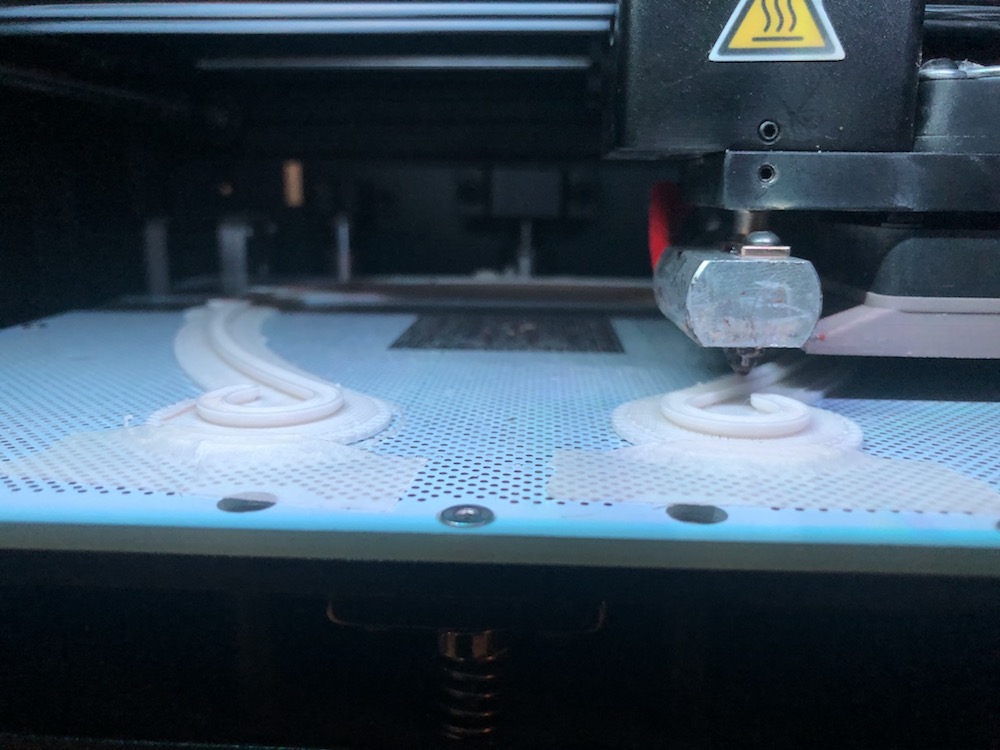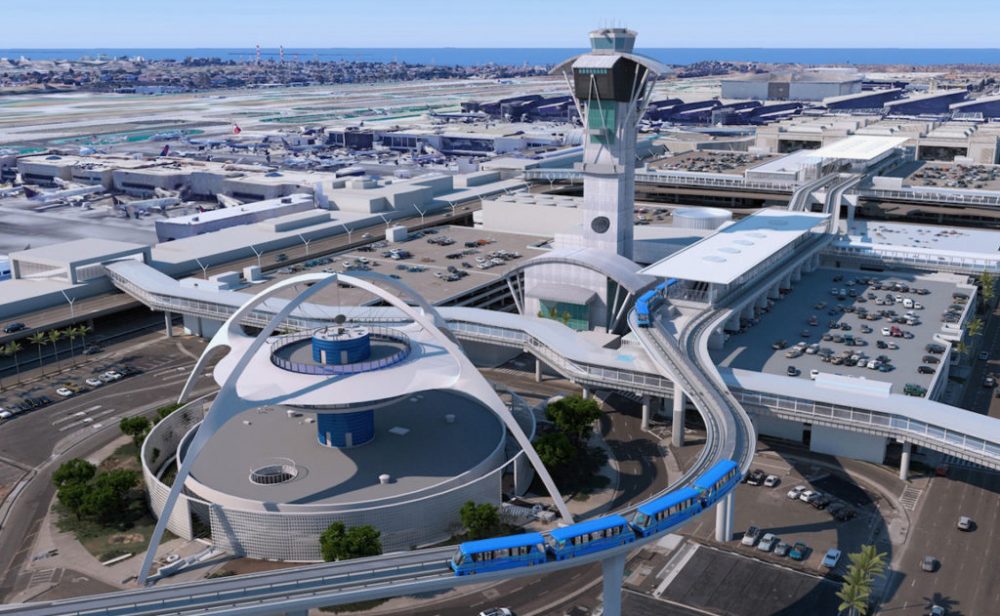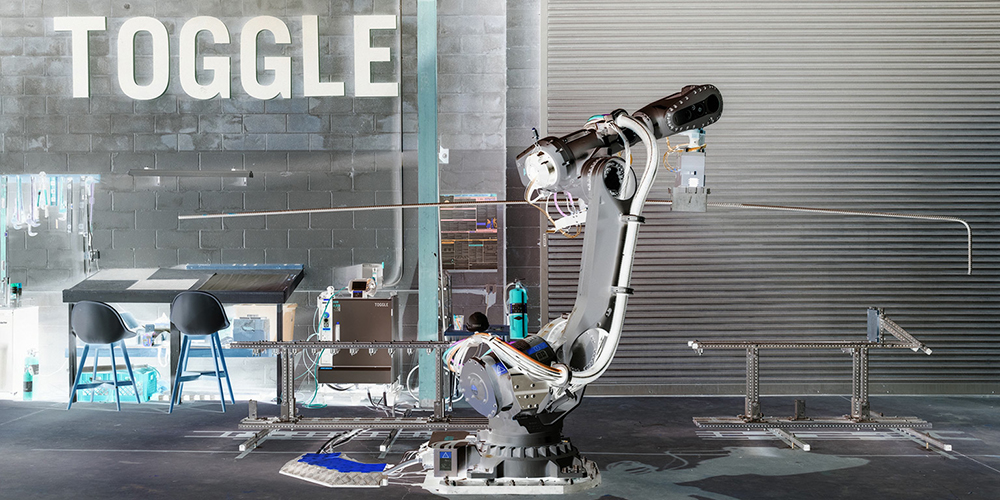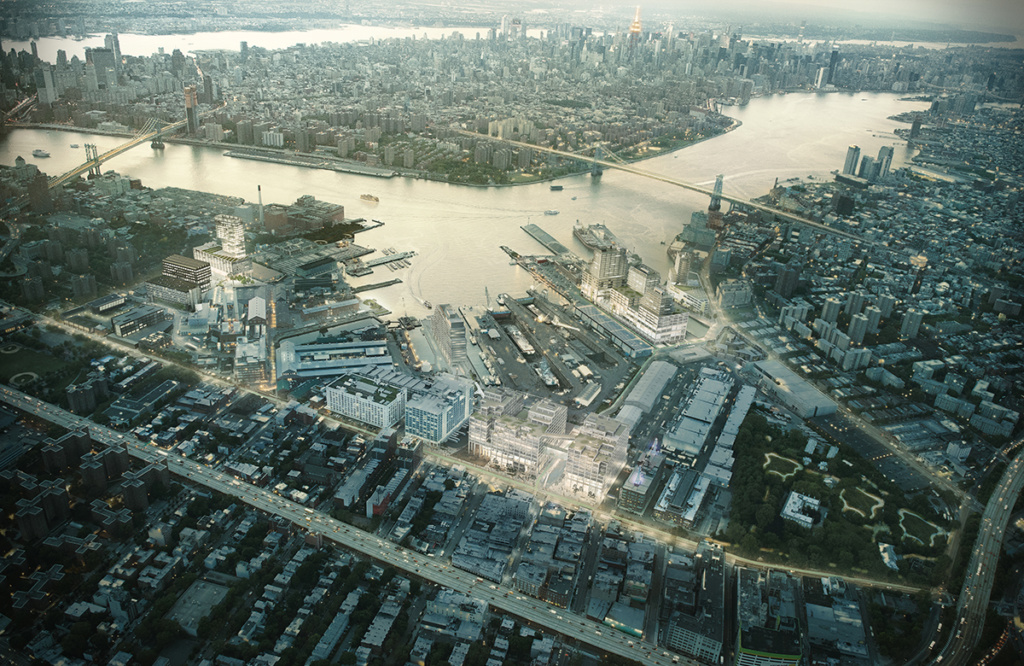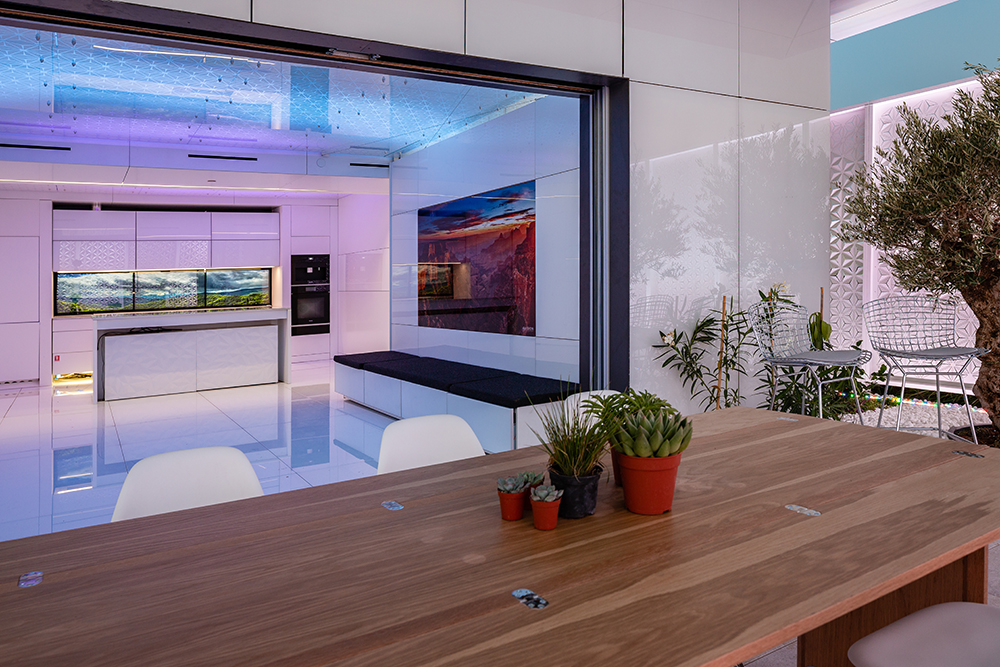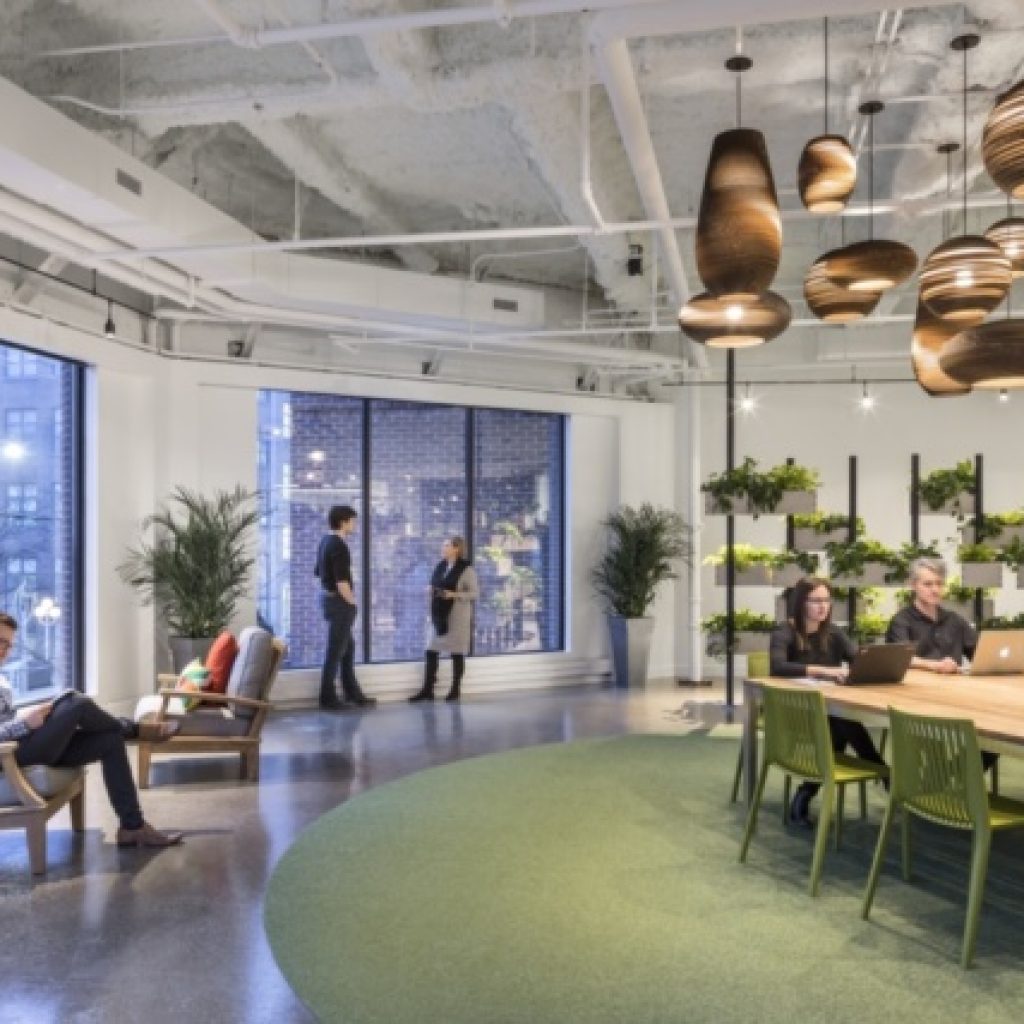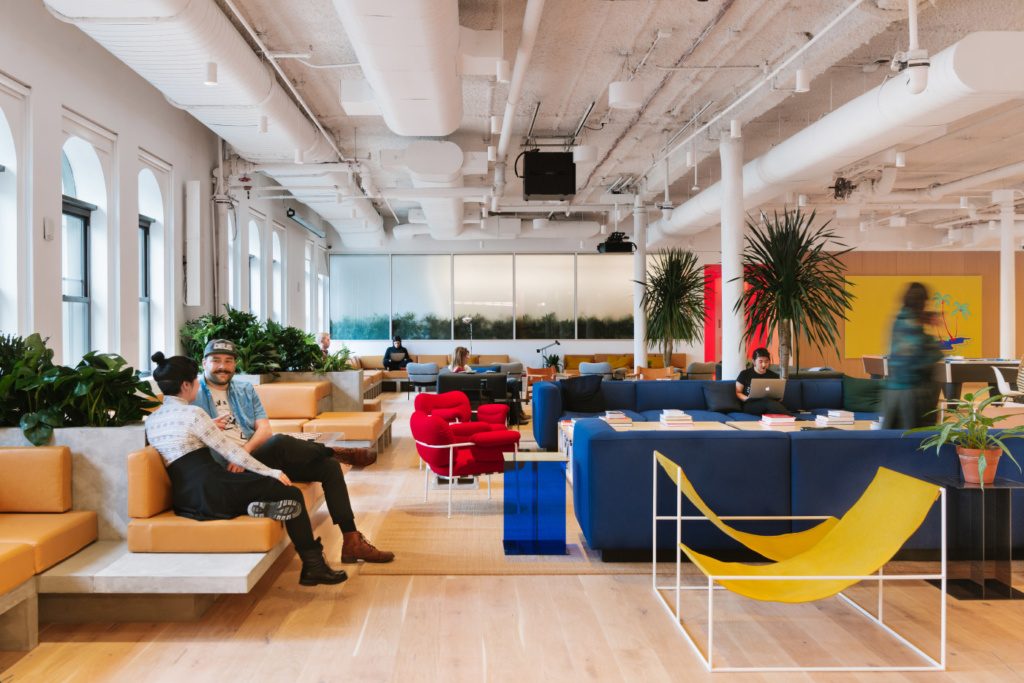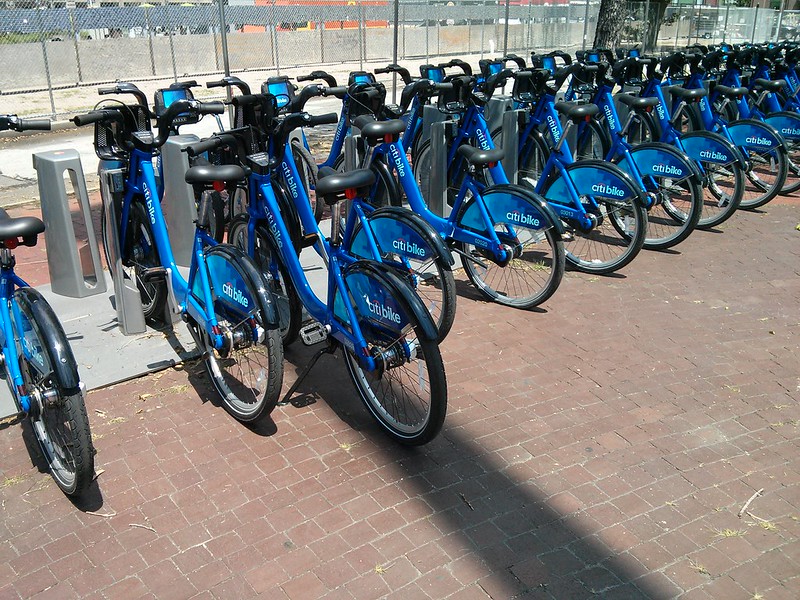Past Events TECH+ Brings the world of AEC Technology to you. Since 2017, TECH+ has brought together the greatest minds in architecture, engineering, and construction to share the latest developments in technology that our transforming our industries. The expo offers facetime with both emerging and established technology companies that can improve your workflow and AEC
Zoltan Z. Toth is the Head of the Global Solution Engineer Team at Graphisoft. With a background in interior design, architecture, and engineering, Zoltan brings two decades of experience in both practice and technology. After working as a BIM Manager in New York City, he joined Graphisoft in 2012 and has since held multiple technical
Leading sustainability strategies at Henning Larsen’s New York office, Kritika Kharbanda spearheads diverse projects worldwide, from educational, cultural, and civic buildings to labs, offices, and masterplans. Her work lies at the intersection of architecture, sustainability, and technology. With a Master in Design Studies specializing in Energy and Environments from Harvard GSD with cross-enrollment at MIT,
A Director at KPF, Luc leads KPF Urban Interface, an internal think tank furthering urban planning and architectural design through computational research and a suite of proprietary analytical tools. With his interdisciplinary team, Luc has developed a unique data-driven design methodology and applied it to over 300 of KPF’s projects globally. Luc’s approach optimizes performance
Martin Miller is primarily concerned with how the digital onslaught will define our future realities, both physical and virtual. He is the cofounder of the design office AntiStatics Architecture based in Beijing and New York City. Defining a mantra which is ever adaptive to emerging technologies, AntiStatics’ work seeks to find a balance between our
Liv-Connected, a modular construction company, is hard at work trying to solve the country’s housing crisis. Their solution? A customizable, prefabricated home that can be assembled on-site in four hours. The company was founded in 2019 by physician Herbert Rogove—an early proponent of telemedicine—and his son Jordan Rogove, cofounder of the New York City–based architecture
RA Jared is a licensed architect and design technologist who currently works as a Computational Product Manager in the New York City office at Walter P Moore. Jared has taught coursework related to BIM and Computational Design at The Graduate School of Architecture, Planning and Preservation at Columbia University, and has lectured at numerous conferences
Jack Murphy is Managing Editor of The Architect’s Newspaper. Previously, he was Editor of Cite: The Architecture and Design Review of Houston and Adjunct Professor at the Gerald D. Hines University of Houston College of Architecture and Design. He earned an undergraduate degree in architecture from the Massachusetts Institute of Technology and a graduate degree
An architect and engineer by training, Professor Carlo Ratti teaches at the Massachusetts Institute of Technology (MIT), where he directs the Senseable City Lab, and is a founding part- ner of the international design and innovation office Carlo Ratti Associati. He graduated from the Politecnico di Torino and the École Nationale des Ponts et Chaussées
David J. Goldstein is a mechanical engineer based in New York City with 15+ years of experience designing HVAC systems in residential and commercial buildings. He is a licensed Professional Engineer in New York State as well as a LEED AP and WELL AP.David is the CEO of Hydronic Shell Technologies, which he founded in
Chris’s experience includes an array of projects in the United States and Asia, ranging from master plans to complex built urban and on-podium landscapes. Chris focuses on the integration of ecology and culture, with a commitment to exemplary craft in the built environment. With a conservation biology and community design background, Chris has a particular
The 1,428-foot-tall 111 West 57th Street, the latest addition to Manhattan’s Billionaires’ Row, is finally on track for completion later this year. Designed by SHoP Architects, the residential supertall is clad in dazzling terra-cotta, glass, and bronze ornamental work that accentuates its pencil-thin profile towering over Central Park. Already, the building has become an iconic part of the New
There is a prevailing sense among proponents of mass timber that building with wood is inherently good. This enthusiasm is largely premised on a key assumption that if a tree sequesters carbon as it grows, then mass timber building components must count as stored carbon. But if the source of that wood—a forest—is a source of carbon emissions, as is beginning
New York City’s Landmarks Preservation Commission (LPC) has followed up its 2019 New York City and the Path to Freedom explorable story map just in time for Black History Month. Today, the commission released Preserving Significant Places of Black History, an interactive survey of historic and cultural African American landmarks throughout New York over the
Just an hour east of the first mass-produced suburb in the United States, a new model of affordable, quick-to-build housing has been realized—and is now for sale—in the town of Riverhead on Long Island’s North Shore. Boasting three bedrooms, two full bathrooms, and a spacious open floor plan, the suburban New York home in question
Microsoft’s Flight Simulator 2020 is a technological masterpiece. Reviews are nearly uniformly glowing, adopting tones both confessional (“the most incredible experience I’ve ever had on a computer”) and epochal (a “once-in-a-generation wow moment”). The game’s devotion to realism begins in the mechanical and aesthetic accuracy of the aircraft you pilot but is also extended, in
Despite all the news of re-openings, lifted restrictions, al fresco options dining, and a return to something more closely resembling “normal,” COVID-19 is still very much with us. And despite the defeatist/downplayed/nothing to see here stance embraced by the current presidential administration, the United States is still in the midst of an unprecedented public health
Oakland is doing it. Philadelphia is doing it. Minneapolis is doing it. Denver is doing it. Milan is doing it. Boston and neighboring cities are doing it. And now—after one aborted attempt and a whole lot of handwringing from City Hall—New York City is doing it, too. With summer just around the corner and cooped-up
Things right now are undoubtedly, brutally rough. And when the going gets rough, the architecture and design community gets 3D printing. As part of a sweeping grassroots mobilization effort that expands and evolves daily, architects, designers, makers, and a small army of displaced students have banded together and fired up their 3D printers to produce
On February 6, The TECH+ Expo transformed the second floor of Los Angeles’s Line Hotel into a showcase of the latest innovations in architectural technology. But rather than exhibiting 3D printers, robot arms, and brick-laying drones, the conference highlighted products designed to streamline design research, project delivery, and the architect-to-client relationship. Chief executive officer of BQE Software, Steven Burns, provided
Without a suspicious eye or an advanced degree in software engineering, it can be nearly impossible to keep abreast of the evolving role surveillance technology has had in the law enforcement of the built environment. Biometric databanks, facial recognition cameras, cell phone trackers, and other watchful devices have been quietly installed throughout our major cities with shockingly
Could the solution to more sustainable buildings be what’s planted in and around them? Researchers at MIT have discovered a way to turn plants into sources of light and are imagining a new conception of architecture that would integrate them into everyday spaces as a more sustainable alternative to electric lighting. In 2017 MIT chemical
Two Brooklyn-based construction entrepreneurs began their business with a simple observation: steel rebar, used in concrete construction throughout the world, isn’t always easy to work with. Ian Cohen and Daniel Blank noticed this when they were watching wind turbines being erected. “Watching the process of people manually moving these huge, heavy objects looked dangerous and
In most major cities of the world, an urban tech landscape has emerged. One day, we were working on our laptops at Starbucks, and the next, we were renting desks at WeWork. We embedded our small architectural and design firms in low-rent spaces in old factories and warehouses, and then we emerged as “TAMI” (technology,
New housing is coming to Times Square, at least temporarily. The Virginia Tech team of students and faculty behind the FutureHAUS, which won the Solar Decathlon Middle East 2018, a competition supported by the Dubai Electricity and Water Authority and U.S. Department of Energy, will bring a new iteration of its solar-powered home to New
On September 25, The Architect’s Newspaper hosted its inaugural Tech+Workplace conference. Located in New York City’s Urban Tech Hub, the event brought together experts in the fields of office design, space planning, and facilities. Panels were split into three categories: Designing for Wellness, Designing for Performance, and Designing for the Future. Melissa Marsh, Founder and Executive director of PLASTARC and
With a quarter million members in 283 buildings across 75 different cities (and another 183 locations in the pipeline), WeWork is on an expansion tear that’s grown to include retail, education, and maybe even full neighborhoods somewhere down the line. With the company’s first ground-up building, Dock 72, nearly complete in the Brooklyn Navy Yard, AN spoke with the designers and researchers who are making
Lyft has gone multimodal and acquired most of bike-share company Motivate, supplementing its car-for-hire business model with ownership of the country’s largest network of docked bicycles. The purchase means that Lyft is now the owner of New York’s Citi Bike program and will continue to maintain Motivate’s existing bike-share programs across eight cities. Lyft’s purchase, coming in at a rumored $250
There’s a perfect storm brewing in the AEC industry with respect to technology, and startup tech companies are stoked because the waves are finally rolling in. A number of factors are contributing to the sudden surge. An increasingly urban population along with a changing climate is placing unprecedented pressure on the built environment, according to
